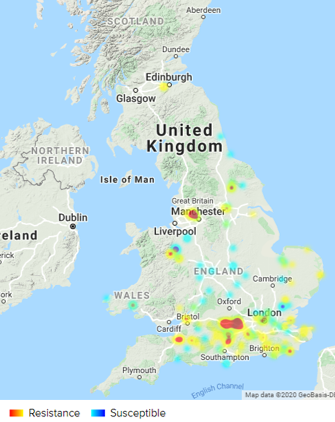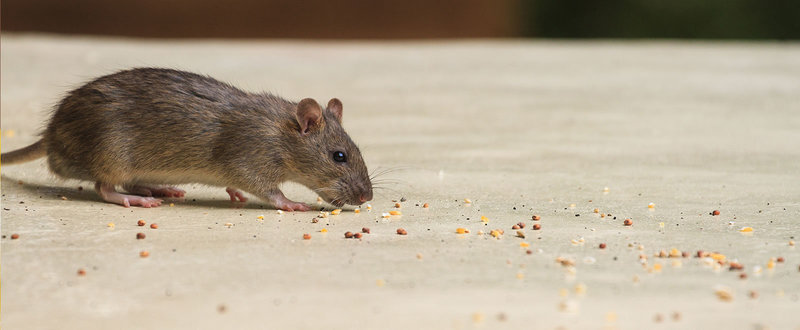Overview
ANTICOAGULANT USERS BEWARE of “SUPER RATS”!
The world is seeing a rapid rise in the occurrence of resistant rats and mice, which some people have coined “super” rodents. In the UK we have 9 known resistance mutations in rats and 2 in house mice. Using an ineffective anticoagulant product could result in poor control when used against a resistant population AND risks selecting for and spreading the most highly resistant rodents!
What are resistant rodents?
Resistance is the ability to withstand the effects of normally applied concentrations of a chemical. This means that resistant animals can survive doses of an anticoagulant that would normally kill susceptible animals. Resistant rodents have a mutation in their genetic code, a change from one sequence of bases to another, which prevents some anticoagulants from having any effect.
RRAC’s Mapping Tool
To avoid using the wrong anticoagulant rodenticide you first need to know where resistance has been found. Pest control operators are using the RRAC mapping tool to find resistance mutations in their area and to get guidance on which rodenticides will be most effective. Below are images taken from the RRAC website of resistance in Norway rats and house mice in the UK.
Norway rat resistance

House mouse resistance

How can you help prevent the spread of resistance?
Before you use any anticoagulant rodenticides please visit the RRAC website for the latest updates on where resistance has been found.

UPDATES
